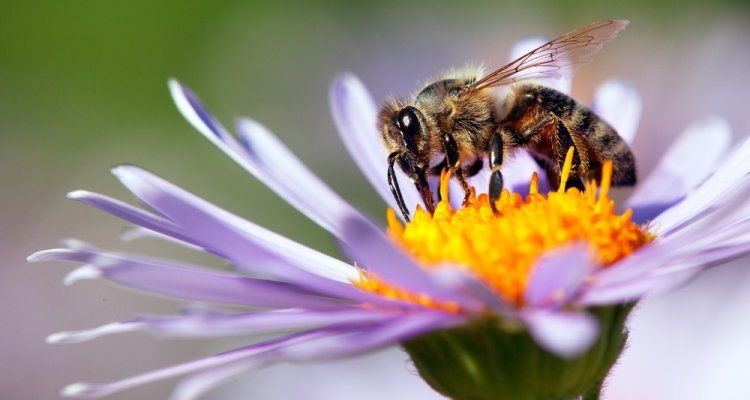
Project
Beoordelingsmethodieken niet-doelwit organismen, bijen
Plant protection products are used in a specific place for a specific purpose and they are not intended to be used outside that place or towards other organisms. Exposure of non-target organisms dwelling in the non-target zone is an important part of the risk assessment when authorizing plant protection products. Drift-reducing measures for the non-target zone have to be established. Establishing a link between exposure and possible effects is important as well.
The overall aim is to determine robust exposure and impact assessment methodologies for non-target arthropods (NTAs) and non-taget palnts (NTPs). Exposure of non-target organisms dwelling in the non-target zone is part of the risk assessment during the authorisation. Spray drift is an important exposure route for the non-target zone. Spray drift deposition and drift reduction measures must be evaluated for the risk assessment. Similar to the risk assessment methodology for aquatic organisms, there is a need for a good set of instruments for the assessment of non-target plants and arthropods as well, which is a major goal of this project. Although some guidance already is available on linking exposure and effects for non-target arthropods and plants, this is less developed than that for risk assessment in surface water. In particular, the risk assessment for bumblebees and solitary bees, which can be classified as bees but also as NTA, is still relatively simple, similar to the exposure assessment of non-target arthropods and fauna in the soil. In order to fill these knowledge gaps and to arrive at more realistic methods, linking these exposure routes and the exposure effects from supporting experiments is initiated.
Publications
-
Bumblebee, acute oral toxicity test
OECD Publishing (OECD Guidelines for testing of chemicals 247) - ISBN: 9789264284128 -
Arable weeds and non-target plants in prospective risk assessment for plant protection products : Specific protection goal and exposure assessment goal options
Wageningen: Wageningen Environmental Research (Wageningen Environmental Research report 2836) -
Bumblebee, acute contact toxicity test
OECD Publishing (OECD Guidelines for testing of chemicals 246) -
WUR Drift Calculator user manual : Belonging to software version 2.6
Wageningen: Wageningen Plant Research (Report Wageningen Plant Research WPR-877) -
Spray drift deposition on off-field zones next to field crops using Drift Reducing Technologies in the Netherlands
Wageningen: Wageningen Plant Research (Report / Stichting Wageningen Research, Wageningen Plant Research, Business Unit Agrosystems WPR-1120) -
Non-target terrestrial arthropods in prospective environmental risk assessment for plant protection products : Specific protection goal options
Wageningen: Wageningen Environmental Research (Report / Wageningen Environmental Research 2983) -
Results of 2-Year Ring Testing of a Semifield Study Design to Investigate Potential Impacts of Plant Protection Products on the Solitary Bees Osmia Bicornis and Osmia Cornuta and a Proposal for a Suitable Test Design
Environmental Toxicology and Chemistry (2021), Volume: 40, Issue: 1 - ISSN 0730-7268 - p. 236-250. -
Overview of the testing and assessment of effects of microbial pesticides on bees : strengths, challenges and perspectives
Apidologie (2021), Volume: 52, Issue: 6 - ISSN 0044-8435 - p. 1256-1277. -
The WUR Drift Calculator for estimating downwind deposits of spray drift
-
Results of Ring-Testing of a Semifield Study Design to Investigate Potential Impacts of Crop Protection Products on Bumblebees (Hymenoptera, Apidae) and a Proposal of a Potential Test Design
Environmental Toxicology and Chemistry (2022), Volume: 41, Issue: 10 - ISSN 0730-7268 - p. 2548-2564.